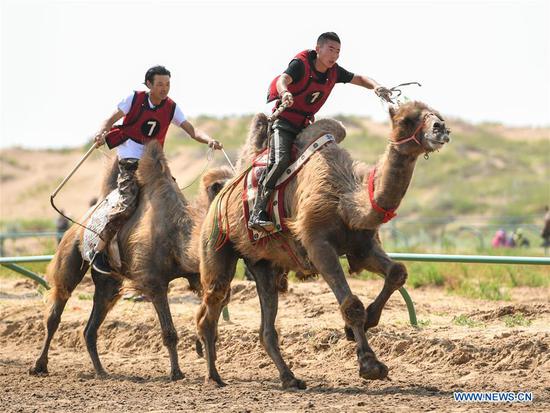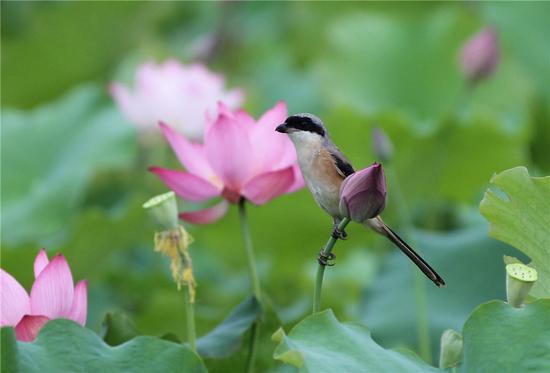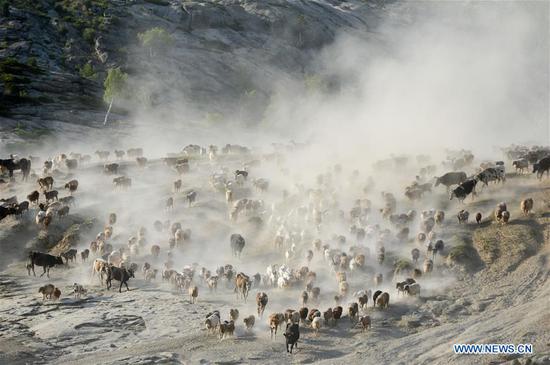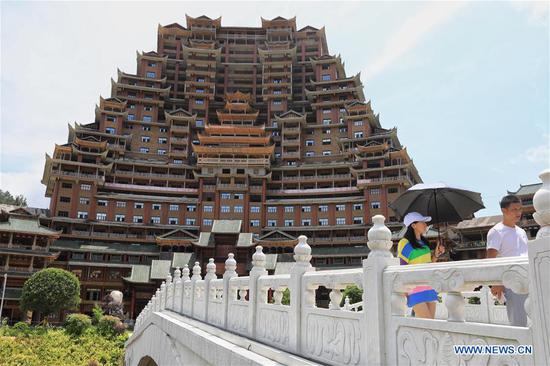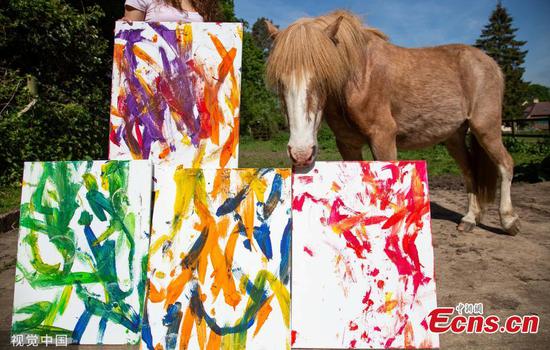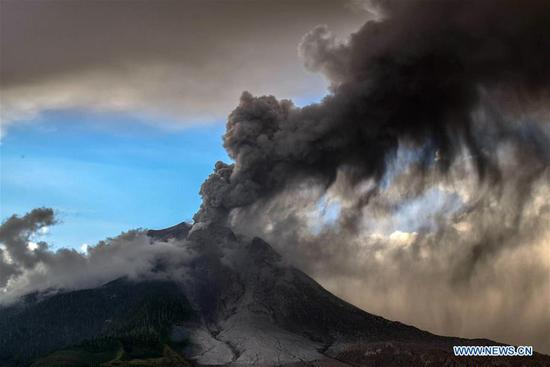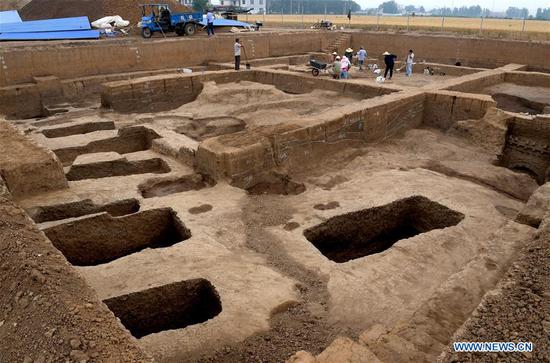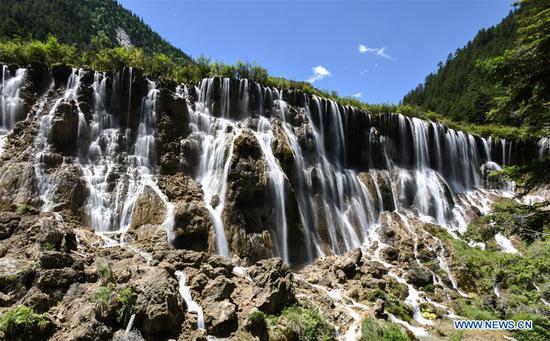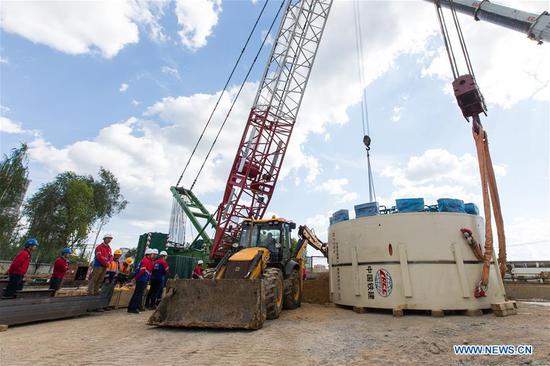"Once you come out of the forest, and you see these unique rock formations – that's pretty amazing. You've seen it before in pictures but once you see it in real life, it's even more amazing," said a German visitor.
He was referring to Fanjing Mountain in southwest China's Guizhou Province.
Having hiked mountains in Sichuan and Yunnan provinces with his girlfriend, he said, Fanjing Mountain is quite like nothing he has seen before. And this sentiment is seemingly shared by other foreign and local tourists I spoke to at the mountain.
These unique rock formations could be said to form the very basis of Fanjing Mountain. According to Zhou Wenqing, deputy director of Fanjingshan Inscription Office for World Heritage Honor, these rocks "rose from the seabed when the earth heaved up during the sea-building process, and has a history of a billion years."
"According to geological experts, this mountain is still growing. Judging by how lush this mountain is, and how these rocks hold up: hard and sturdy at the mountain foot, and lighter at the mountain top, this mountain is still full of vitality," Zhou told CGTN.

You can opt to take a cable car or hike over 8,000 steps (and a little more) to the famous Mushroom Stone at Fanjing Mountain, southwest China's Guizhou Province. (CGTN Photo)
Dozens of species live on its famous huge stone known as "Wanbaoyan," including plants, mosses, lichens and fungi.
Fanjing Mountain, China's latest addition to the UNESCO World Natural Heritage List, is a breathtaking beauty in all its primitive glory.
Only found here: Guizhou Golden Monkey
The mountain is so primitive that it is the only place where you can find the Guizhou Golden Monkey. (Unfortunately, I did not manage to spot any – these monkeys apparently hide from humans.)
"It's only found here and lives here. At about 750 to 800 of them, it makes these golden monkeys even more precious than giant pandas," Zhou said, adding, this has attracted many experts to this mysterious mountain for scientific investigation.
Fanjing Mountain has an abundance of fagus or beech forest, which is home to the Golden Monkey.












